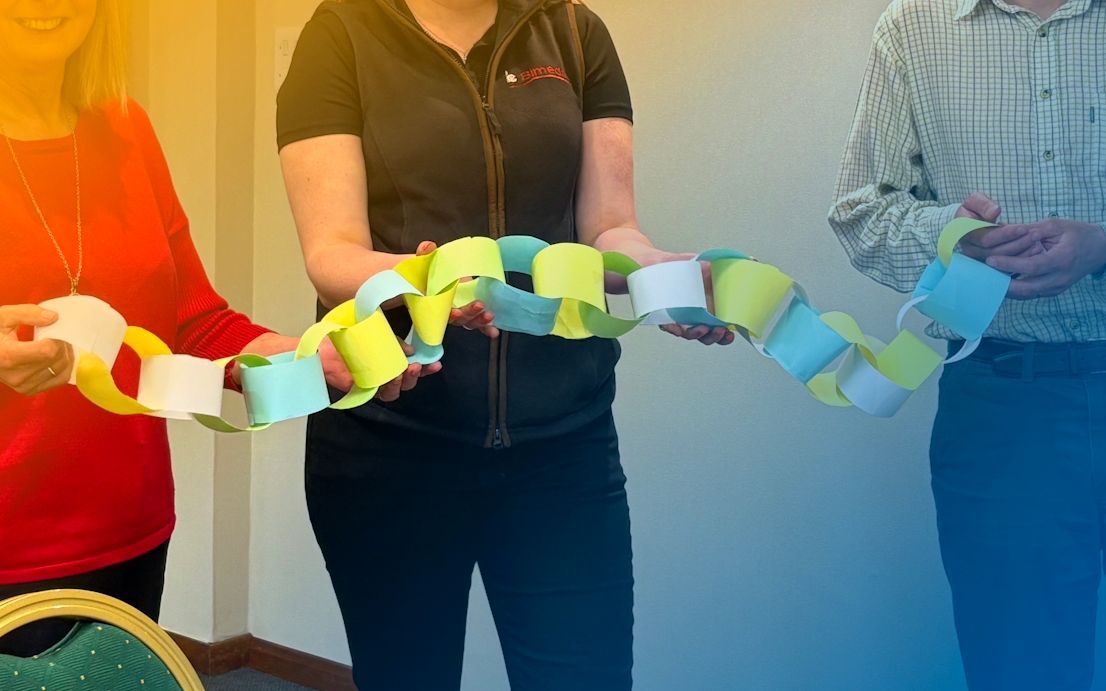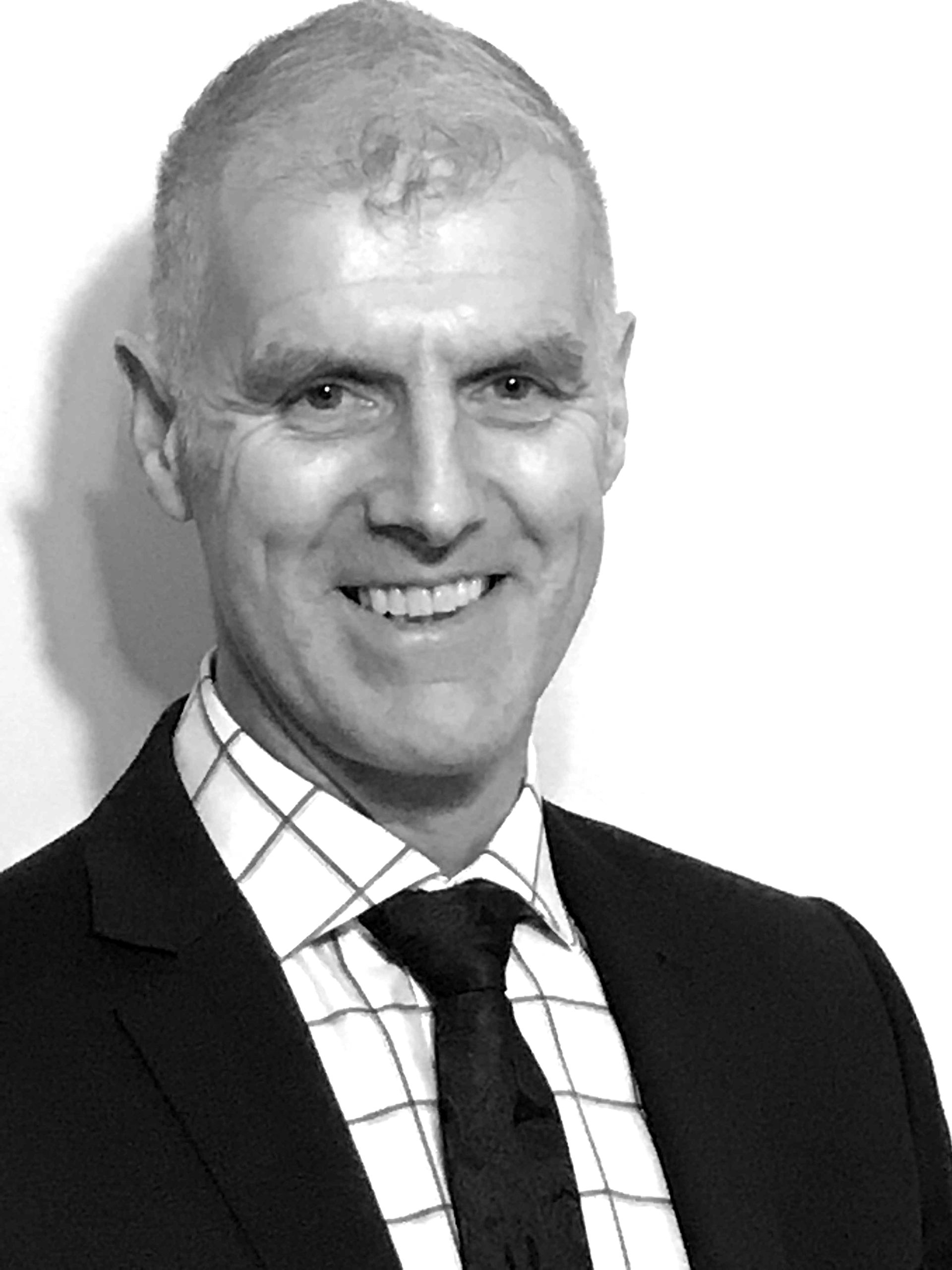Public Speaking – Organising the Content
"Great things are not done by impulse, but by a series of small things brought together."
Vincent Van Gogh
The key to creating a well-organised speech or presentation is to keep your audience in mind. Start with something that will capture their attention and give them a clear idea of your topic.
Organise the body of your presentation in a way that will be easy for your audience to understand. Plan to review your main points briefly and then wrap things up on a positive note, perhaps giving your audience a “call to action.”
The essential thing to remember is that you are giving your presentation for the benefit of your audience. That means you need to organise it in a way that will make sense to them. The most important thing to keep in the forefront of your mind is that you are not making the speech for yourself, but for your audience.
Think of how politicians do things. When they are campaigning, they will speak to groups as diverse as different occupations, different ethnicities and different ages. How they speak to each group will change. When they speak to a cabinet meeting of fellow politicians, the language and the issues will be different again. Keep this in mind when giving a presentation.
Making Organisation Easy
Some thoughts on the basic parts of a presentation:
- Opening. Some speakers like to start a presentation with a joke. Sometimes this works. It starts on a light note and puts the audience at ease. But many people do not tell jokes well. If a presentation starts with something that doesn’t work, the audience will start to question your ability as a speaker. Other ways to start can include asking a rhetorical question, giving people a surprising statistic, or telling a brief anecdote that is related to the topic of the presentation.
- Body. The key points in your presentation.
- Review. Many speakers skip this step, but it can be worthwhile to include it. Chances are that some members of the audience didn’t register the few key points you want them to take away from the presentation. Restate these key points briefly for the sake of those who were “tuned out” the first time you made them.
- Closing. Restate the main point of your presentation. In some cases, you may want to give people a “call to action.”
Obviously, the longer a presentation goes on the more chances there are to lose the attention of your audience. However, making a presentation too short can leave people uninformed and dissatisfied with the body of the presentation. It is therefore essential to structure your presentation correctly. Allow adequate time to give a powerful opening which will draw listeners in, a strong middle which will hold that attention and give them all the facts, and a closing section which reinforces what they were told and gives them an idea about what action needs to be taken.
All these parts need to be present and each needs to be weighted correctly according to the amount of time you have available to you. It may well be the case that in order to attend a presentation people are taken away from doing their “normal” job.
Such demands on a person’s time will reflect in how they view the presentation and how much of their attention they give it.
The amount of time you give to each section of a presentation will therefore be governed by how much time you have overall and how much of that time will be necessary to get your substantive points across. If your presentation is in danger of running over time, it will be necessary to trim it in places, beginning with any extraneous detail.
Remember that most presentations will be followed up by a pick-up session of sorts, where individual questions can be dealt with. The presentation itself is where larger issues are raised and answered.
Organisational Methods
It’s important to realise that most people will be able to remember only a few key points from a presentation. Don’t overwhelm the audience with facts that they will forget as soon as they walk out the door. Focus on a few key points.
It’s a good idea to write your key points on a flip chart or show them on a slide. That will help your audience understand how your presentation is organised. If you return to your flip chart or slide when you move on to a new key point, the audience will be able to see where you are in your presentation.
At the close of a presentation you can then go through each of the key points that you have made. Making a point coherently consists of three steps: introduction, substance and reinforcement. If you want the audience to leave your presentation with a certain point locked in their minds, then it is essential that you address all three of those steps.
Whichever way you choose to organise the body of your presentation, it is important to keep the elements of it down to a manageable number. Taking one of the above as an example, we will look at how a “Problem/Solution” style of presentation can best be cut down into a few manageable steps.
An organisation may have any number of problems that it wishes to address. If there are, say, fifteen problems that it wants to get to the bottom of it, covering all of these in a presentation results in the problem that fifteen of anything is a large number to remember.
In order to ensure that the presentation does not result in an audience being bemused by the sheer number of problems, it is advisable to find a category for each problem. For example, “time”, “manpower”, “finance” or another suitable category.
Your intention should be to find a few category headings which can cover a few problems each. If these problems require more time, this can best be covered by a meeting where the attendees are all people who have experience in the specific field where problems exist.
Any presentation will benefit from this kind of organisation. One thing worth remembering is that the “rule of three” is adhered to by most people, if not consciously then certainly subconsciously. Therefore, if you can keep concentrated discussion to around three headings – or a maximum of five – then you will be able to retain attention much better than if you have a numbered list which never seems to end. You can always emphasise the key points at the end of the presentation.






















